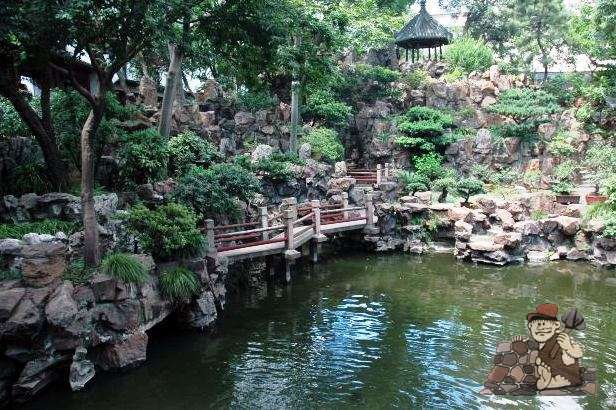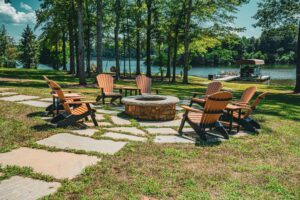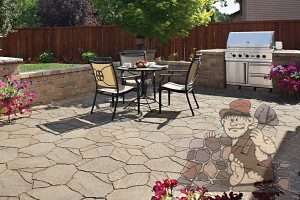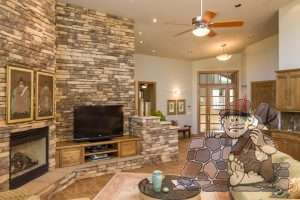Although hardscaping is a fairly new concept, using stone in landscape design has been done for a very long time. Landscape design is the practice of analyzing, planning, and designing available outdoor living space, whether for aesthetics or functionality.
Early on landscape designers were trained by apprenticeship. It was not until the early 20th century that landscape design became institutionalized through education. So although the term is relatively recent, the practice has been around ever since humanity has tried to change the appearance of the outdoor environment with a planned design.
While the first enclosures were thought to be around 10,000 years ago, no one really knows much about them. The earliest known designs seem to have begun in western Asia with the Ancient gardens around the 6th Century and then spread to Europe.
Ancient Gardens
Some of the earliest ancient gardens created varying combinations of large structures with smaller features in a landscape. Stone was often used with religious and philosophical thoughts in mind. Islamic gardens were enclosed and stone was seen in buildings, which had intricately carved details.
Japanese Zen gardens combined all elements to create a natural setting that included stones along with water, plants, waterfalls, trees, and bridges. A Zen garden was designed to bring peace and harmony.
In classic Chinese gardens, small scenes were recreated in multiple sections. Every Chinese garden incorporates some rock element, whether a simple rock garden or a collection of rocks. Rocks used to create miniature mountains had special meaning, symbolizing virtue and stability.
European Gardens
Stone is a natural choice for its hardness and durability. When we think of stone in historical European landscapes, we might think of very imposing features such as paved roads, walls, bridges, culverts, wells, and other structures. Early landscapes were designed for social gatherings and public spaces during the age of Greek and Roman Antiquity. Yet there were also plenty of smaller stone features such as statues, waterfalls, and ponds.
As the Middle Ages were ushered in, more European gardens became private, walled-in places for the wealthy. There were also the monastery gardens that had open green space surrounded by covered walks, generally with a stone well or fountain at the center.
The Renaissance period revitalized the wider spaces of garden designs from Antiquity while embracing innovation with water structures, which were often constructed of stone. During the Baroque period, the French opened up the garden to enormous proportions that included stone walkways, large pools, and fountains.
The Victorian gardens were designed with more massed flower beds, exotic colors, and intricate details. There was also a profusion of open spaces, such as green spaces, aimed at bringing culture to the community in the Victorian gardens.
Modern Gardens
The modern landscape designs of today continue to incorporate large and small stone structures, paved walkways, driveways, patios, pools, and more. With newer technology, there are increased possibilities of using different materials, including stone that can be cut and sized more consistently and evenly.
Thin stone veneer has helped revolutionize how stone is used in landscape design because it is lightweight and economical. Sustainable methods have become a more common practice while creating new challenges for the landscape designer. In addition, luxuries such as stone fire pits, bars, and fireplaces add a new level of outdoor entertainment to both residential and commercial land use.
The history of using stone in landscape design is an immense topic. The practice of analyzing, planning, and designing available outdoor living space, whether for aesthetics or functionality, continues to evolve.






